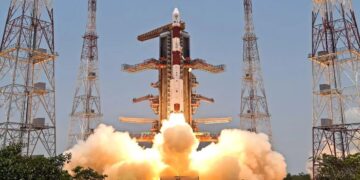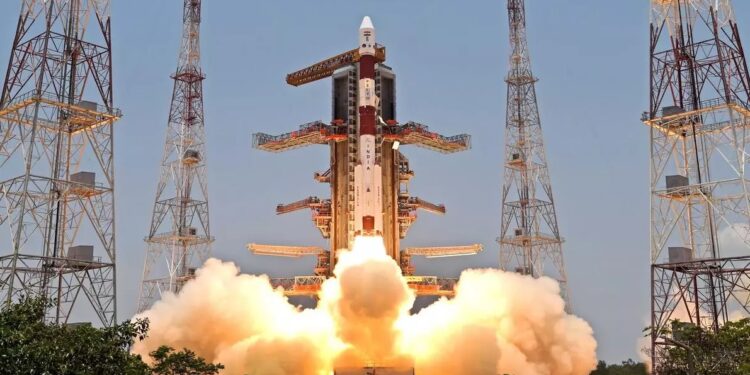By John Ikani
A little more than a week after India’s groundbreaking moon landing at the South Pole, it’s set another impressive space exploration milestone by launching a rocket to investigate the sun. The rocket took off from the Satish Dhawan Space Centre in Sriharikota, southern India, on a 1.5 million-kilometer journey lasting four months, all aimed at the sun.
“Mission accomplished,” announced the India Space Research Organization’s control room as the spacecraft soared into Earth’s upper atmosphere. Scientists celebrated with applause and handshakes, while onlookers, including schoolchildren in a viewing gallery, erupted in cheers. Thousands more followed the liftoff live on ISRO’s website and television broadcasts.
This mission, dubbed Aditya L1 after the Hindu god of the sun, is geared towards studying the sun’s outer layer, putting India in an exclusive club of countries investigating our star. NASA and the European Space Agency have sent solar probes into orbit since the 1990s, and China and Japan have also ventured into solar observatory missions.
Prime Minister Narendra Modi congratulated Indian scientists on X, formerly known as Twitter, saying, “Our tireless scientific efforts will continue to develop a better understanding of the Universe.”
After orbiting the Earth for 125 days, the rocket will reach a “halo orbit” around the sun-Earth system. This stable position will provide an uninterrupted view of the sun, even during eclipses, enabling scientific studies of the sun’s outer atmosphere.
The rocket carries seven instruments to observe the sun, aiding scientists in comprehending the impact of solar activity, including solar wind and solar flares, on Earth. According to the principal scientist of the mission, Sankarasubramanian K, Aditya-L1 will provide a “unique data set that is not currently available from any other mission.” He added that this data will help understand the sun’s dynamics and the inner heliosphere, which is crucial for modern technology and space weather forecasts.
Understanding space weather is vital for safeguarding satellites and spacecraft, and scientists also aim to study how solar flares and particles from the sun influence Earth’s climate patterns. Anil Bhardwaj, an ISRO scientist, emphasized the importance of comprehending the impact of solar flares and coronal mass ejections on our planet.
India’s space exploration program, which began roughly two decades ago, is gathering momentum and reflects the country’s aspiration to become a prominent global player. These space achievements demonstrate India’s technological prowess. In addition to three unmanned moon missions and one to Mars, India plans to send astronauts into orbit, potentially by 2025.
Notably, India’s successful placement of a spacecraft near the moon’s south pole ranks among its most significant space program accomplishments. India became the fourth country to land on the moon, with a first-ever landing at this specific location. In recent days, ISRO has shared videos and photos showcasing India’s lunar lander conducting surface probes.
India, known for its cost-effective space program, takes pride in conducting space exploration at a fraction of the cost of Western missions.



































